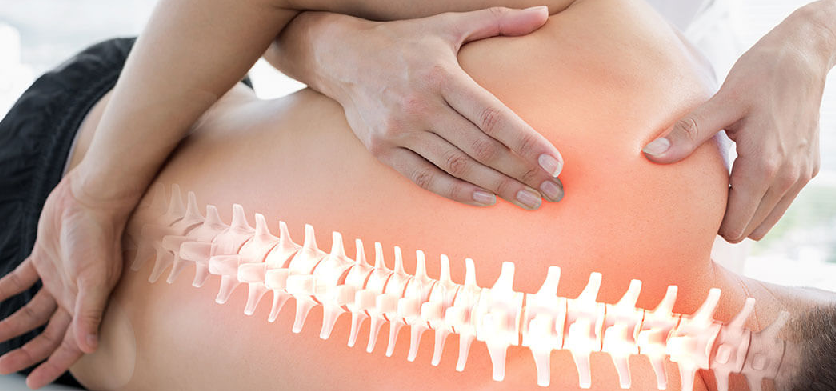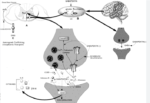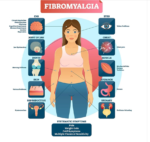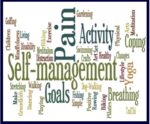Back issues can arise from various factors, and in approximately 90% of cases, the pain typically resolves quickly with a range of back pain treatments. Nevertheless, in situations where the pain persists for an extended period, receiving proper medical care and treatment is essential.

Experiencing back injury or waking up with a stiff back can be incredibly painful and uncomfortable. In such challenging situations, seeking back pain treatment is essential. Often, when you’re in this kind of pain, you can become irritable and easily annoyed. Minor irritations that typically wouldn’t bother you can cause you to explode or lash out for no apparent reason.
Once a diagnosis is made, you and your healthcare provider can collaborate on an effective back pain treatment plan. Treatment options may include pain relief through medications or alternative approaches like acupuncture. Physical therapy and chiropractic care are also worth considering, as they not only alleviate pain but also contribute to preventing future issues.
Once your doctor has identified the root cause of your back problems, they can help you find the right treatment. Since back pain can stem from various sources, treatment goals primarily focus on pain relief and restoring your mobility.
- The Medication Treatment for Low Back Pain
- 20 Natural Remedies for low Back Pain ?
- Get Chronic Pain Treated
The Best Back Pain Therapy Methods
The best therapy methods for back pain depend on the cause and severity of the pain. It’s essential to consult with a healthcare professional to determine the underlying cause and develop a personalized treatment plan. Here are some common and effective therapy methods for back pain:
- Physical Therapy:
- Physical therapists can provide targeted exercises and stretches to improve strength, flexibility, and posture.
- Manual therapy, such as massage or joint manipulation, can help relieve pain and improve mobility.
- Heat and Cold Therapy:
- Applying heat (e.g., hot packs or warm baths) can help relax muscles and increase blood flow, which may alleviate pain.
- Cold packs can reduce inflammation and numb the affected area, offering pain relief.
- Medications:
- Over-the-counter nonsteroidal anti-inflammatory drugs (NSAIDs) like ibuprofen can reduce pain and inflammation.
- Prescription medications, such as muscle relaxants or opioids, may be necessary in some cases, but they should be used with caution due to potential side effects and addiction risk.
- Lifestyle Modifications:
- Improving posture and ergonomics can help prevent and alleviate back pain. Consider using ergonomic furniture and adjusting your workspace.
- Maintaining a healthy weight can reduce the strain on the spine.
- Exercise and Strength Training:
- Strengthening the core and back muscles through targeted exercises can provide long-term relief and prevent future back pain.
- Low-impact activities like swimming and walking can help improve overall fitness without exacerbating pain.
- Yoga and Pilates:
- These practices focus on flexibility, core strength, and posture, which can help reduce back pain and improve overall well-being.
- Mind-Body Techniques:
- Techniques such as mindfulness meditation and relaxation exercises can help manage pain by reducing stress and promoting relaxation.
- Acupuncture:
- Acupuncture involves the insertion of thin needles into specific points on the body and has been found to relieve back pain in some individuals.
- Chiropractic Care:
- Chiropractors specialize in spinal manipulation and adjustments, which may alleviate pain and improve spinal alignment.
- Injections:
- In some cases, corticosteroid injections can provide temporary relief for severe back pain and inflammation.
11. Surgical Interventions:
- Surgery is typically a last resort for back pain and is considered when conservative treatments have failed or when there is a structural issue like a herniated disc, spinal stenosis, or scoliosis.
12.Epiduralysis
- a relatively recent experimental approach in back pain therapy, wherein a medical professional makes an incision near the spinal cord to access the epidural space and remove scar tissue from the nerves. This therapy is typically recommended for individuals who have exhausted all other treatment options for their chronic back pain.
In the realm of back pain treatment, where the variety of therapies can be as extensive as they are bewildering, methods like yoga, surgery, and acupuncture have attracted a similar number of people seeking effective back pain relief. These treatments have proven to be quite effective in restoring an individual’s mobility.
The therapy process is relatively straightforward. Once you’ve been diagnosed, your healthcare provider can guide you through the back pain treatment process. Treatment options may include pain relief through medications. According to the back pain treatment protocol, the initial step is to ensure pain relief, often achieved through painkillers and muscle relaxants.
For those with a ruptured muscle or ligament, the necessary treatment will vary, and the ideal person to determine the type of therapy required is a spine specialist. One of the most common treatments for low back pain is acetaminophen, an orally taken pain reliever that can provide temporary pain relief.
If you’re experiencing back pain due to an injury, applying ice to the affected area is often the first step. Ice helps reduce any swelling that might result from the injury. After a couple of days, applying heat to the affected area can help relax the back and reduce stiffness. While this type of therapy can provide initial pain relief, identifying the underlying issue with your back is crucial for the overall healing process.
In some cases, the pain can be so severe that stronger pain medications are required to alleviate the condition. One significant drawback of pain medications is their potential for addiction and dependence. Effective back pain therapy involves more than just taking pills.
Electrical stimulation therapy and physical therapy are two additional back pain treatments worth considering. They can be highly effective in reducing back pain. In cases where back pain is chronic and none of the available treatments provide sufficient pain relief, surgery may be the only option. If open surgery is necessary, the healing process can be quite time-consuming.
Pain Medications, Pain Relief, and Pain Management






